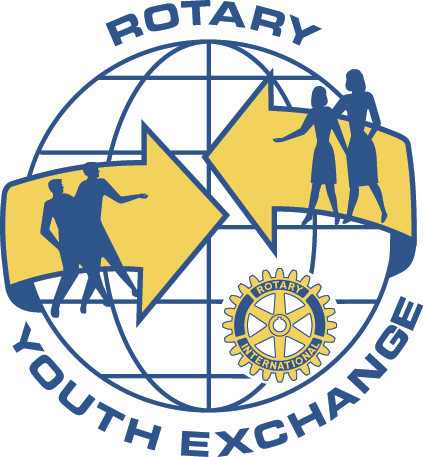The following information is taken from the US Customs and Border Protection
https://www.cbp.gov/travel/us-citizens/know-before-you-go/what-expect-when-you-return
Complete the CBP Declaration Form 6059B
You have several entry options once you return from your trip. All travelers must complete a CBP Declaration Form 6059B itemizing all purchased merchandise and agricultural products.
Here are your options:
- Complete a paper form that may be obtained at the port of entry or on the flight or cruise.
- Complete the online form at a Global Entry kiosk. (Only preapproved Global Entry members are allowed to use these kiosks.)
- Complete the online form at an Automated Passport Control kiosk.
- Download the mobile app – https://www.cbp.gov/travel/us-citizens/mobile-passport-control (you can also download the app called CBP MPC – the mobile passport control app. It will significantly reduce your time to re-enter the US after your exchange.)
Keeping all your purchase receipts handy in an envelope in your carry-on bag will ease this process. If warranted, the CBP officer will calculate the duties to pay on your newly acquired goods.
Paying Duties
Personal exemptions that do not require the traveler to pay duty will be $200, $800 or $1600 depending on the countries you visited.
The duty-free exemptions ($200, $800, or $1600) apply if:
- The items are for your personal or household use or intended to be given as gifts.
- Merchandise is in your possession, that is, it accompanies you when you return to the United States. Items to be sent later may not be included in your duty-free exemption. (Exceptions apply for goods sent from Guam or the U.S. Virgin Islands.)
- Merchandise is declared to CBP. If you do not declare something that should have been declared, you risk forfeiting the item. If in doubt, declare it.
- You are returning from an overseas stay of at least 48 hours. This time limit does not apply if you are returning from Mexico or from the U.S. Virgin Islands.
- You have not used all of your exemption allowance, or used any part of it, in the past 30 days. For example, if you go to England and bring back $150 worth of items, you must wait another 30 days before you are allowed another exemption.
- The items are not prohibited or restricted as discussed in the section on Prohibited and Restricted Items. Before departing on your trip, check the latest information for the full list of prohibited and restricted items on the U.S. Department of the Treasury Cuba Sanctions website, as well as other related government resources.
Duty free exemption limits depend on the country or countries you visit and the length of stay. Learn which rates apply to the goods your purchase on your trip – call the CBP attaché at the country’s U.S. embassy.
Your CBP Interview
To keep our borders secure and our nation safe, CBP must inspect everyone who arrives at a U.S. port of entry. The CBP officers are authorized to ask you questions about your trip and your personal background, including:
- Your citizenship
- The nature of your trip
- Anything you are bringing back to the United States that you did not have when you left.
Officers have legal authority to search you, your baggage or your vehicle. If asked to, place your opened baggage on the exam station. After the exam, you will be asked to repack and close your baggage.
CBP pledges to treat you courteously and professionally. If at any point you are unhappy with your treatment, ask to speak to a CBP supervisor. You may also call the CBP INFO Center at 877-227-5511. If calling within the United States, call 202-325-8000 or go to www.cbp.gov.

